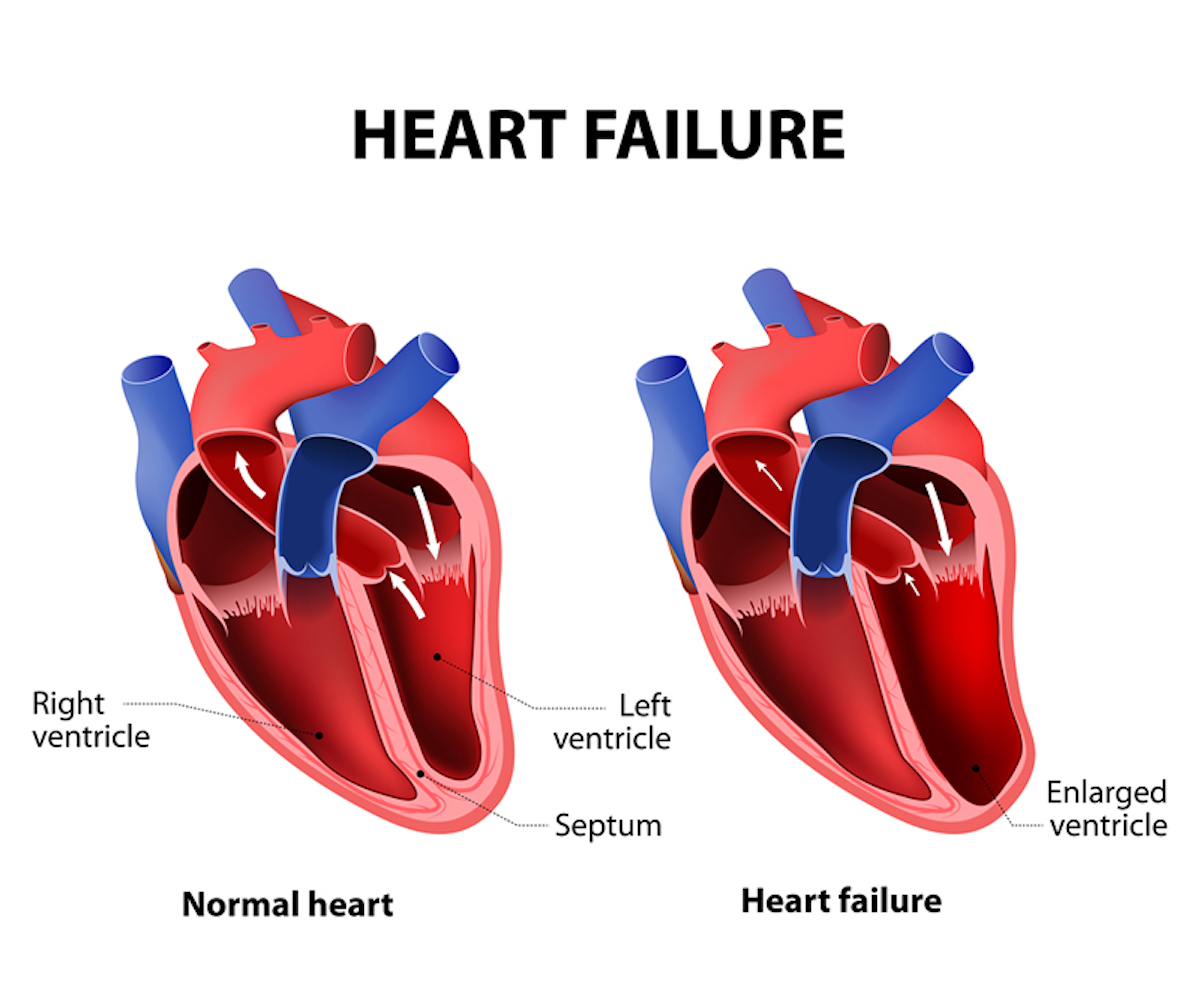Cardiovascular disease – diseases that occur in the heart or blood vessels – is the leading cause of death for men and women in our country – that’s 1 in 3 deaths. Every 34 seconds, someone dies of heart disease, and every 40 seconds someone gets a heart attack. Every year more than 650,000 Americans are diagnosed with congestive heart failure, which is the main reason for hospitalization for men and women over 65. All this makes it for everyone important to know how to recognize it and what to do next because this condition can have life-threatening consequences.

What is Heart Failure?
Heart failure means that the heart is damaged and works less efficiently than it should. It means that the heart has trouble pumping blood through the body. This doesn’t mean your heart stopped working or pumping blood at all, it means that it pumps slower than before. As a reaction to the heart not pumping well enough, the body will build up fluids – in the lungs, kidneys, or lower extremities. Causes, including the:
- CAD; Coronary artery disease
- Heart attack
- Cardiomyopathy
- Congenital heart disease
- Diabetes
- High blood pressure
- Arrhythmia
- Obesity
- Kidney diseases
- Smoking
- Certain medication
- Substance abuse
- Aging
Types of Heart Failure
There are 4 types, called left-sided heart failure, right-sided heart failure, systolic heart failure, and heart failure with preserved ejection fraction. The first two differences by where moisture accumulates. Left-sided means that the fluid accumulates in the lungs and right-sided it is in the lower extremities. Systolic heart failure means that the left ventricle of the heart is not strong enough and thus cannot pump hard enough, causing blood to move too slowly through the body.
The last type means that the left ventricle is too thick and/or stiff. This way it cannot relax and be filled, causing too little blood to be pumped through the body. Continue reading on the next page and discover warning signs and treatment options.

